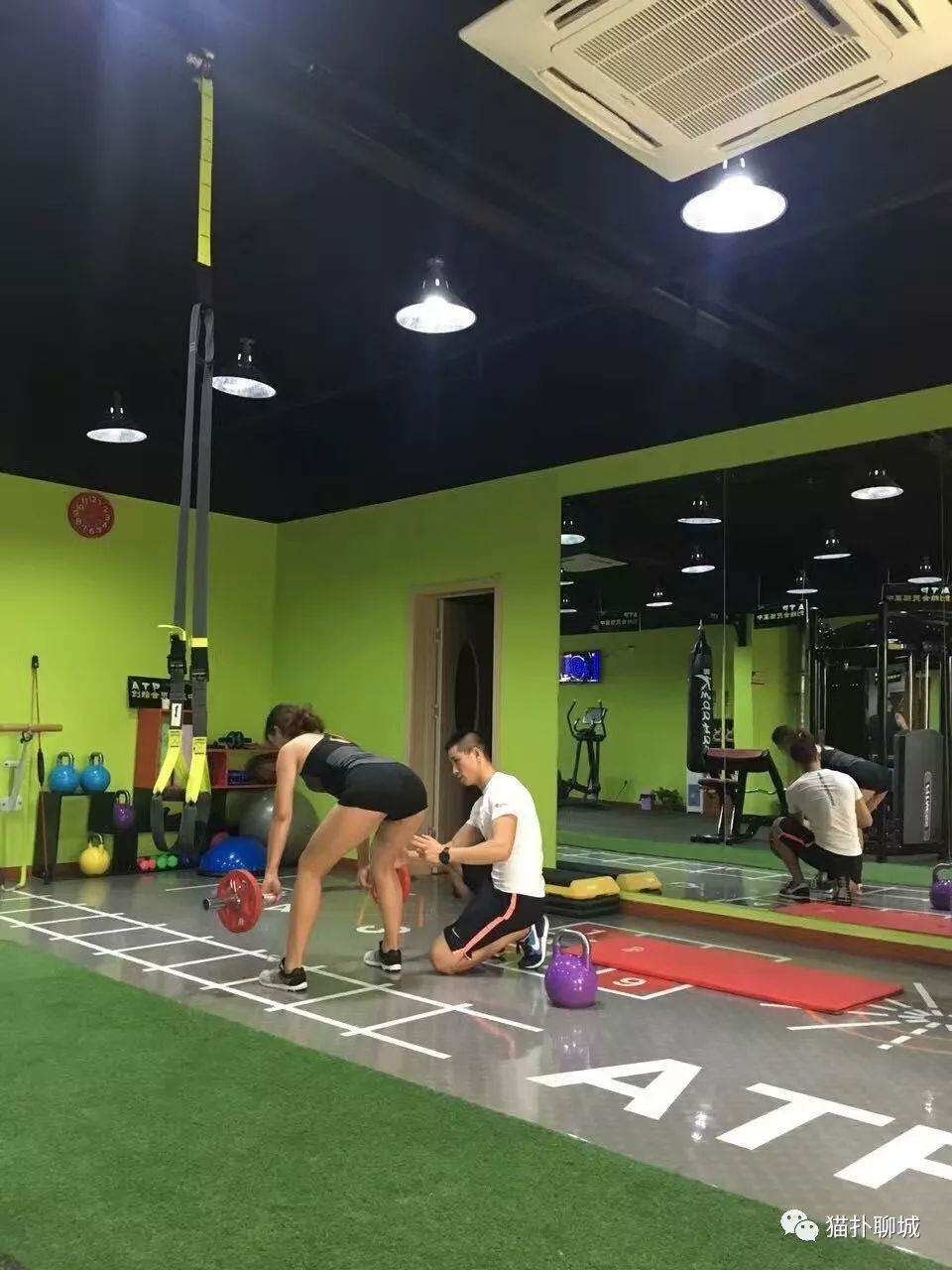How to do interval training properly?

Engaging in effective interval training can provide numerous benefits for your fitness and overall health. Here's a detailed response to your question, incorporating professional knowledge and evidence-based recommendations:
Interval training is a highly efficient workout method that alternates between intense bursts of exercise and periods of active recovery. It not only improves cardiovascular fitness but also enhances endurance, burns calories, and stimulates fat loss. Here are the key steps to engage in effective interval training:
Plan your workout: Determine the duration of your workout session and the number of intervals you'll perform. Beginners may start with a total workout time of 20-30 minutes, while advanced individuals can aim for longer durations.
Choose suitable exercises: Select exercises that engage large muscle groups and elevate your heart rate significantly. Running, cycling, swimming, rowing, and high-intensity bodyweight exercises like burpees, squat jumps, and mountain climbers are excellent choices.
Warm up adequately: Prior to starting your intervals, warm up for 5-10 minutes with dynamic exercises like jogging, jumping jacks, or leg swings. This increases blood flow, raises your core body temperature, and prepares your muscles for the upcoming intense work.
Set your interval structure: Decide on the length of your high-intensity and recovery intervals. A common approach is the 1:1 ratio, where the high-intensity and recovery periods have equal duration. For example, if your high-intensity interval lasts for 60 seconds, your recovery interval will also be 60 seconds.
Push yourself during high-intensity intervals: During the high-intensity phase, give it your maximum effort. Increase your speed, resistance, or intensity level to challenge yourself. Aim to reach about 80-95% of your maximum heart rate, which can be calculated as 220 minus your age. For example, if you're 30 years old, your target heart rate range would be approximately 144-171 beats per minute.
Active recovery during rest intervals: During the recovery intervals, reduce the intensity to allow your heart rate to decrease slightly. Engage in lighter exercises such as jogging at a slower pace, walking, or performing low-intensity bodyweight movements. This active recovery helps to maintain blood flow, prevent stiffness, and prepare you for the next high-intensity interval.
Monitor and adjust intensity: Listen to your body's cues and adjust the intensity as needed. It's important to challenge yourself, but not to the point of extreme fatigue or pain. Gradually increase the difficulty over time as your fitness level improves.
Gradually increase duration and intensity: As you progress, consider extending the overall duration of your workout or adding extra intervals. You can also modify the interval ratio, such as using a 2:1 (2 minutes of high intensity followed by 1 minute of recovery) or 3:1 structure, to make the workout more challenging.
Stay consistent: Consistency is crucial for seeing results from interval training. Aim for 2-3 sessions per week, allowing at least one day of rest between workouts to promote recovery and avoid overtraining.
Track your progress: Keep a record of your workouts, noting the duration, intervals, and any changes in intensity. This allows you to track your progress over time and make adjustments to optimize your training.
Remember, it's essential to consult with a qualified fitness professional or healthcare provider before starting any new exercise program, particularly if you have any underlying health conditions. They can provide personalized guidance and ensure your safety during your fitness journey.
Sources:
American Council on Exercise (ACE): High-Intensity Interval Training
Mayo Clinic: Interval Training: How to Do It
Journal of Obesity: The Role of High-Intensity Interval Training in Weight Management
Please indicate the address of this article for reprint https://www.sportshealthprogram.com/body-building/202307579.html





















